Best Herbs for Beginners to Grow
Even if you don’t have room for a garden, you can grow a few herbs almost anywhere. Herbs can be grown in the ground of course, but they can also be grown in containers and even indoors in a sunny windowsill. Learn the best herbs for beginners to grow so you can have fresh herbs for all your meals.
Why Grow Herbs?
Many herbs are easy to grow and they add a note of freshness to meals. Purchasing fresh herbs at the store gets expensive very quickly and dried herbs don’t often pack the same punch as fresh.
But if you are new to gardening, it can be difficult to decide which herbs are best for beginners to grow. These easy herbs will have you looking like a seasoned gardener in no time.
Basil

Affiliate Disclosure: Please note that some of the links in this article may be affiliate links and I may receive a small commission if you purchase something through a link. It will not change your cost. As an Amazon Associate, I earn from qualifying purchases. For more information, see my disclosures page.)
Basil is a very popular herb to grow and for good reason. It is easy to grow and very prolific. You can start basil from seed indoors or directly in the garden or you can purchase plants at your local nursery.
Basil can be grown indoors in a sunny windowsill or outdoors in pots or directly in the ground.
As soon as your basil plant gets 4 – 6 inches tall, pinch out the top tips to encourage a bushier plant. Pinch off any flower spikes as soon as they form to encourage the plant to put its energy into producing leaves.
However, if you have multiple plants and can spare one, let some flower stalks grow. The bees love basil flowers and they will help pollinate nearby vegetables.
Basil is an annual and will die at the first frost, so you will have to replant it each year. Basil is a popular ingredient in salads and soups, as well as for making pesto. There are many varieties to choose from so you can plant a different type each year.
Chives

Chives are a perennial herb that tastes like mild onions or garlic. There are two types – onion chives (Allium schoenoprasum) and garlic chives (Allium tuberosum). The most common one you see is onion chives.
Plant clumps of either type in the garden or in containers. If you don’t have dedicated gardening space, chives can be grown in landscape plantings around your house.
Chives can handle cool weather so they can be planted in early spring. Both the flowers and leaves of chives are edible. The flowers are beautiful added to a salad.
Chives are often added to potato dishes, soups, salads, and egg recipes. Add chives near the end of cooking because heat destroys their delicate flavor.
Cilantro

Cilantro may be THE easiest herb to grow if you grow it at the right time. Cilantro is a cool weather crop and does best in early spring and late fall. Once temperatures start to rise in late spring, cilantro will bolt rapidly.
If you like making homemade salsa, harvest the cilantro early and freeze or dehydrate it to use in your salsa-making when your tomatoes and peppers are ready.
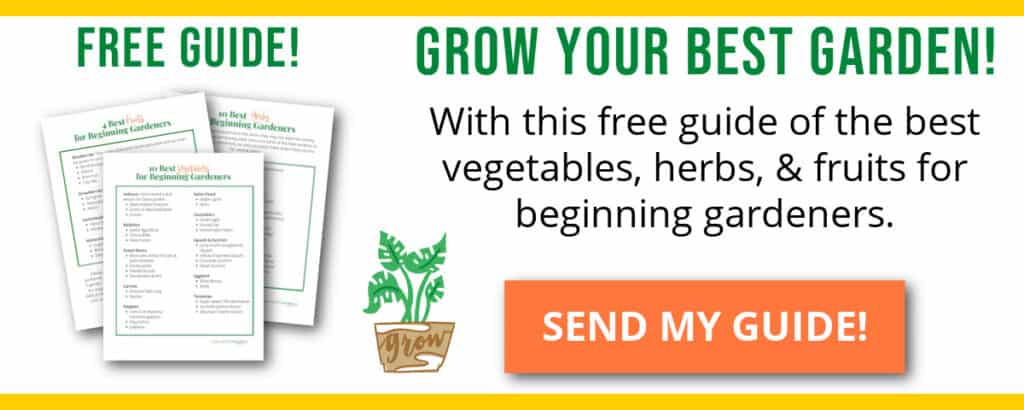
Cilantro reseeds easily and the seeds, called coriander, are often used in cooking as well. I haven’t actually planted cilantro in my garden in several years. When it comes up in the fall from leftover seeds, I just let it grow where it chooses. In my zone 7 garden, it overwinters with no protection.
Cilantro is, of course, used in salsa, but can also be used to flavor rice, and in salads and slaws.
Dill
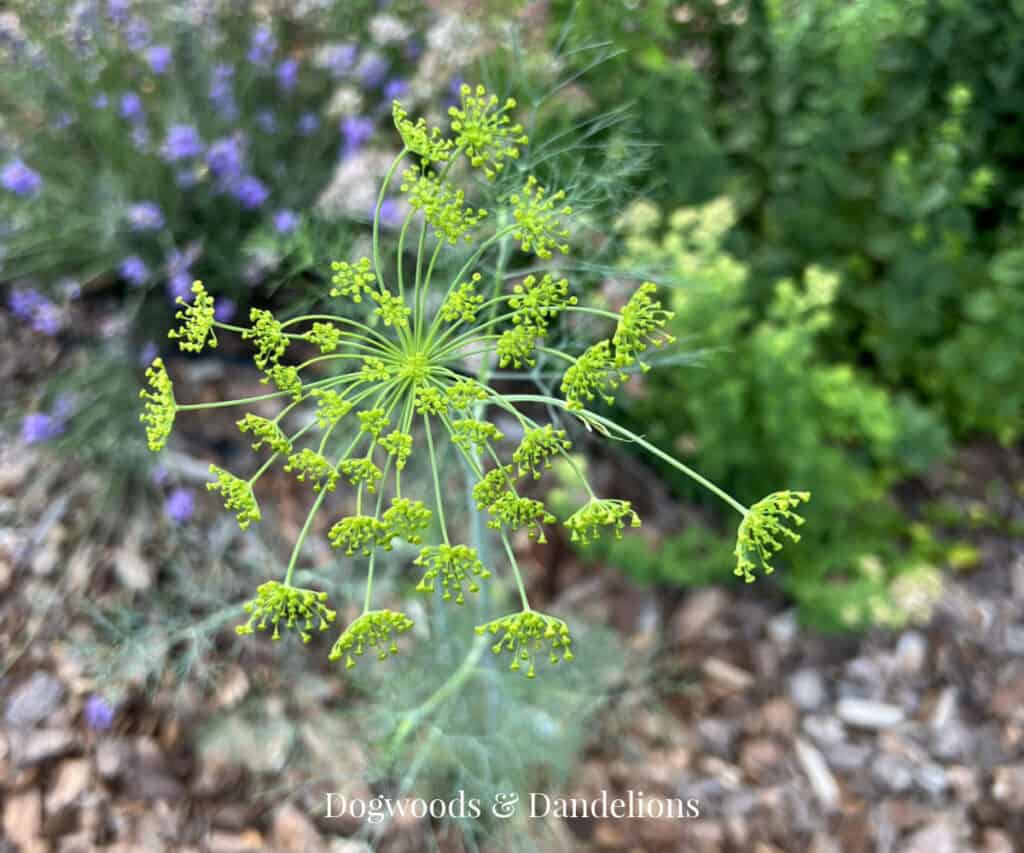
Dill is another annual herb that can easily be started from seed directly in the ground. Some varieties can grow up to 4 feet tall so plant it where it won’t shade other vegetables. If you need a shorter variety try growing fernleaf dill, a smaller variety that only grows about 2 feet tall.
Dill likes growing in mild weather in full sun, however, growing it where it receives afternoon shade can prolong the harvest. Dill is best grown in the spring and fall as it doesn’t tolerate hot or cold temperatures.
The main pest of dill is the parsleyworm caterpillar. Try to plant enough dill for both you and the caterpillars. The parsleyworm caterpillars are the larvae of the swallowtail butterfly.
Dill is often used in pickles as well as seafood dishes, and in bread and potato recipes.
Mint
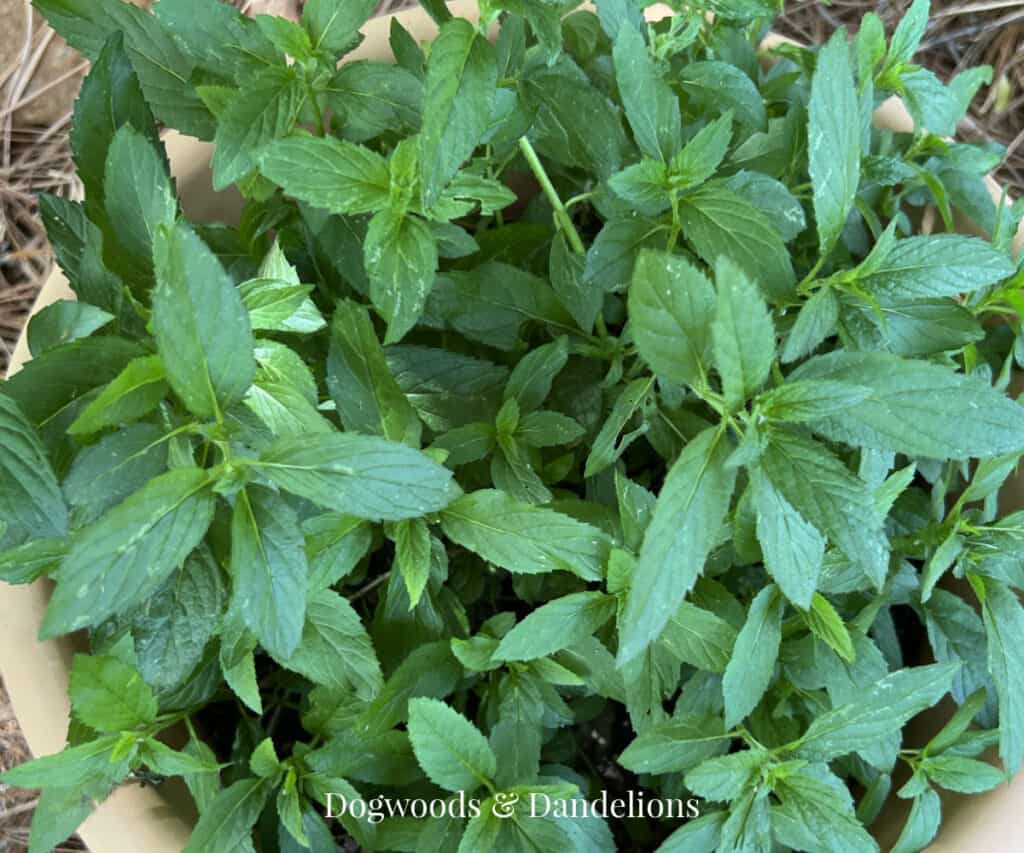
Mint is a perennial herb that grows well in most locations. It can be invasive, taking over your entire garden, so it is best planted in containers. Mint sometimes doesn’t grow true from seed so I recommend purchasing plants from your local nursery.
Mint grows well in full sun to partial shade. When you notice flower buds forming, pinch them out to encourage new growth. If the plant gets leggy, cut back about half the plant and new growth will sprout.
Mint is used in mint juleps and mojitos of course, but also to make tea and many other herbal remedies.
Oregano
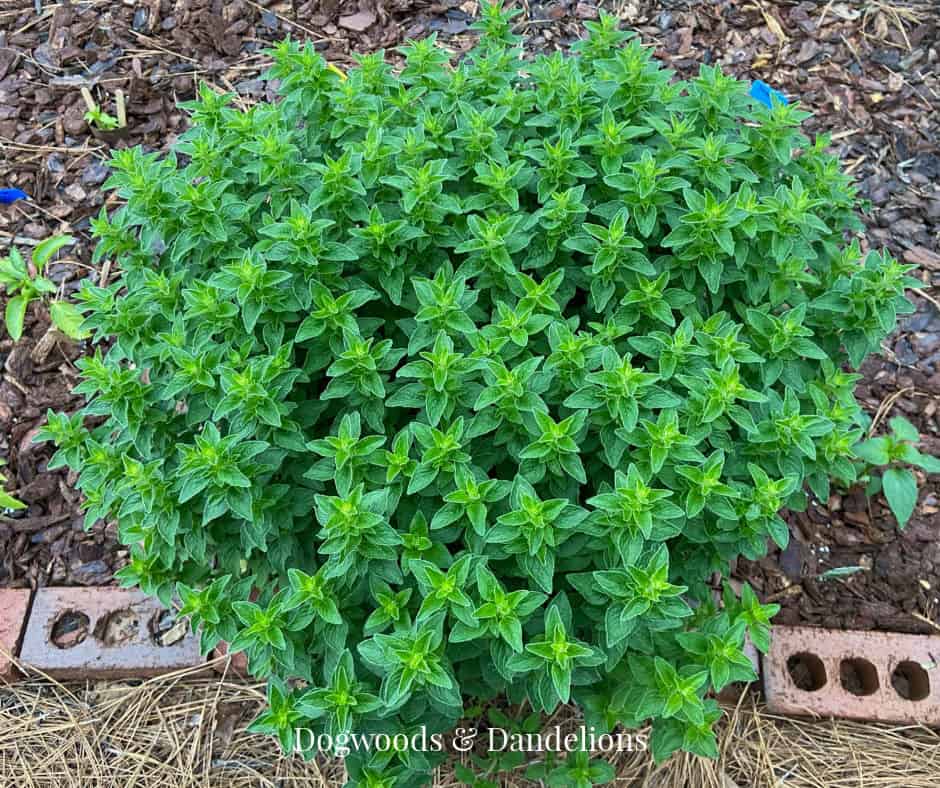
Oregano is a small perennial that grows well in containers or in the ground. It has a spreading habit so it can be grown as a ground cover, but it makes a taller ground cover, growing 18 – 24 inches tall.
Oregano is very easy to divide and give to friends as you can dig up a small part of the plant and share with others. Oregano has small white blooms that bees love.
Many Italian dishes rely heavily on oregano for flavor, but it also adds interest to meat and fish dishes as well as eggs and vegetables.
Parsley
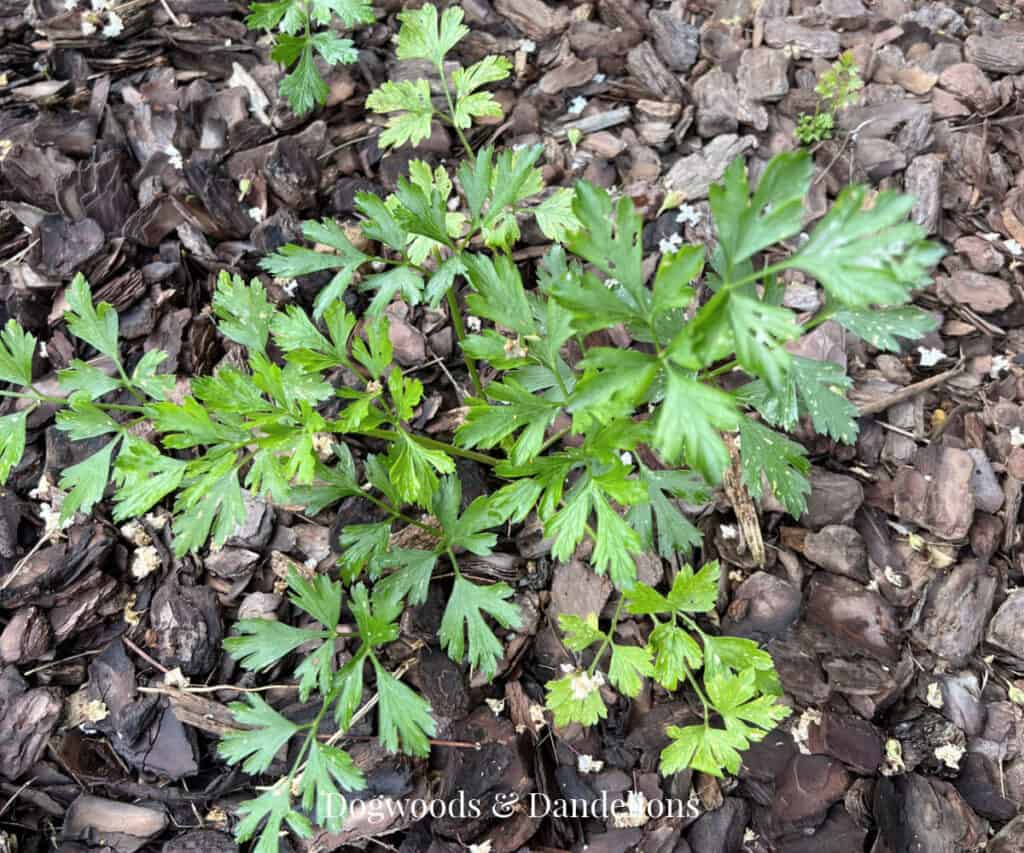
Parsley is easy to sow from seed directly in the garden. To speed germination, soak the seeds overnight. Parsley needs full sun to grow well but providing some shade in hot weather will help it last longer.
The two most familiar types are curly-leaf and flat-leaf. Flat-leaf parsley is the easiest to grow for beginners and actually has the most flavor.
Parsley is a biennial, meaning it will bloom in its second year and go to seed. The leaves usually turn bitter after it blooms so it is best to harvest parsley during the first year. Most people grow parsley as an annual because of this.
The parsleyworm caterpillar loves parsley, so consider growing some for you and some for the caterpillars so you can enjoy the beautiful swallowtail butterflies later.
Parsley can be grown in containers or directly in the ground. It is also well-suited to growing indoors. The curly-leafed variety is especially beautiful grown in a mixed planting with flowers.
Parsley is used as a garnish in many dishes. It also goes well in egg dishes, meat, poultry, pasta, potatoes, and vegetable dishes.
Rosemary

Rosemary is a half-hardy shrub that grows as a perennial in many areas (zones 5-8). In colder zones, it is grown as an annual.
Rosemary likes to grow in a sunny spot with well-drained soil. It actually tolerates dry weather quite well. Rosemary has small white, pink, or blue flowers when it blooms. Once it is done blooming, it is best to cut back the stems so it doesn’t get too leggy.
Rosemary is used in many culinary dishes. Mixed with olive oil and salt, it makes a great dipping oil for a loaf of crusty bread. It is also a wonderful herb to add flavor to soups, stews, meat, and vegetable dishes. The stems of the rosemary plant can be used as skewers when grilling.
Sage
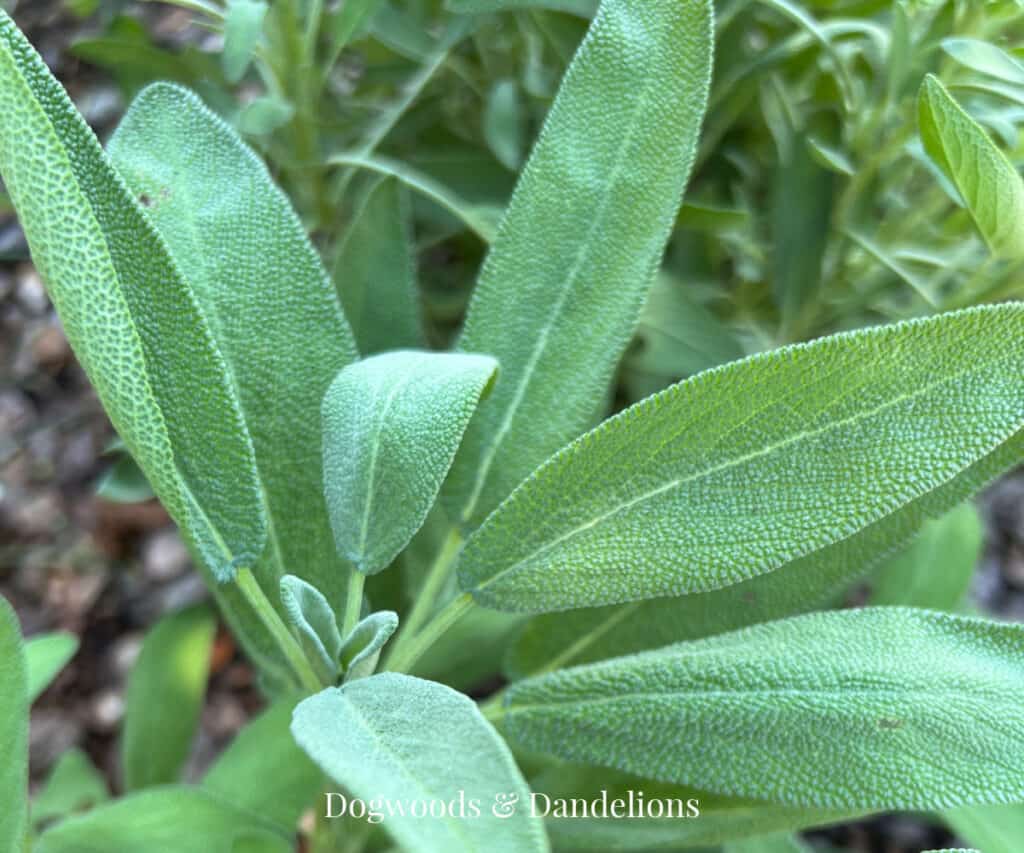
Sage is another half-hardy perennial shrub that likes growing in sunny, well-drained areas. Like rosemary, it is usually grown as an annual in zones 9 and up.
Sage is best planted in the spring or fall so it gets established in cooler weather. It needs to be pruned back every spring to keep its bushy shape. Sage grows well in containers, but is best grown outdoors since it can grow up to 30 inches tall.
When purchasing sage plants, be sure you buy the culinary type, Salvia officinalis, as there are many types of ornamental sage on the market too.
Sage is used in many pork dishes and is a must-have herb in Thanksgiving dressing or stuffing.
Thyme
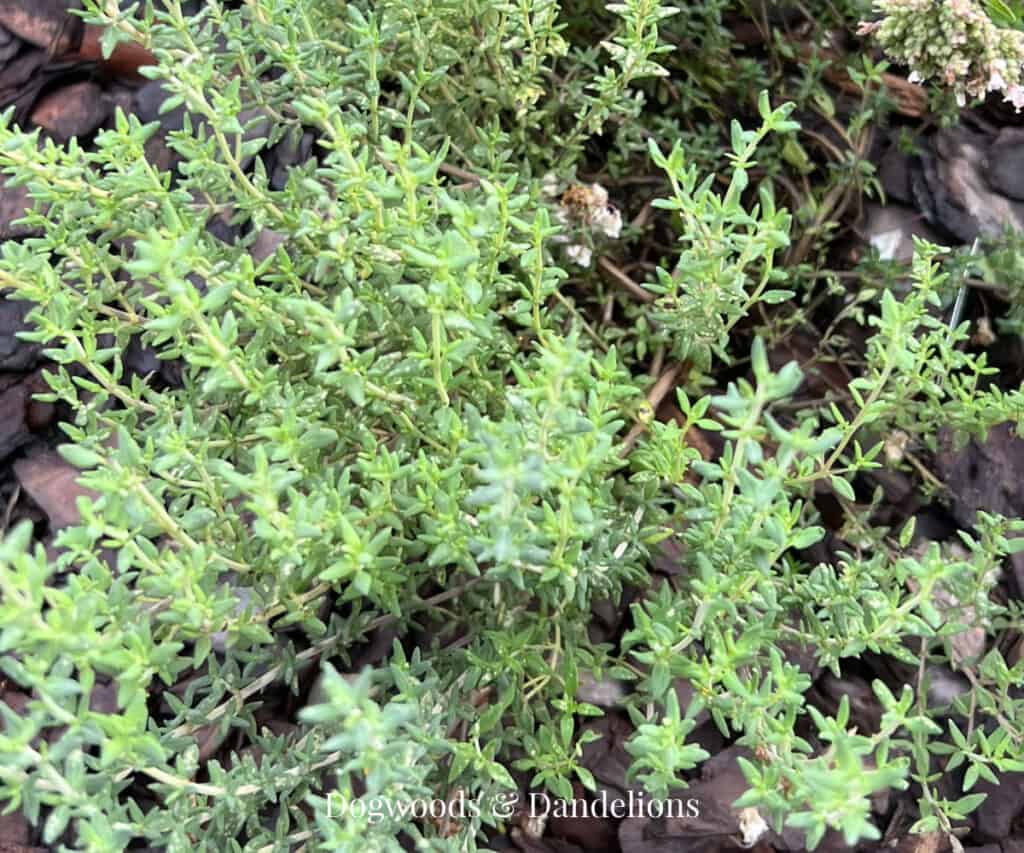
Thyme is a low growing perennial that can be planted as a ground cover. It looks beautiful planted between stepping stones where the scent will be released as you walk over it.
Thyme grows well in containers where it will trail over the edge as your “spiller.” The plants produce small flowers during the spring and summer that are attractive to bees.
Thyme is delicious added to herb butters but it is also commonly added to soups, stews, and many meat and poultry dishes.
Best Herbs for Beginners To Grow When Starting an Herb Garden
While there are seemingly endless different herbs you can grow in your garden, these 10 herbs are the easiest for beginning gardeners to grow.
Whether you want to start an herb garden outdoors in the ground, in containers on your deck, or indoors, these 10 herbs should provide you with fresh flavor all summer long.

Most of these herbs can be harvested before your fall frost and preserved by drying or freezing. You can also turn many of these herbs into herb butters for topping meat and vegetables.
If you’ve thought about starting an herb garden this year, I hope you’ll give a few of these herbs a try. For more information on how to grow each of these herbs, the Bonnie Plants website has detailed instructions.

